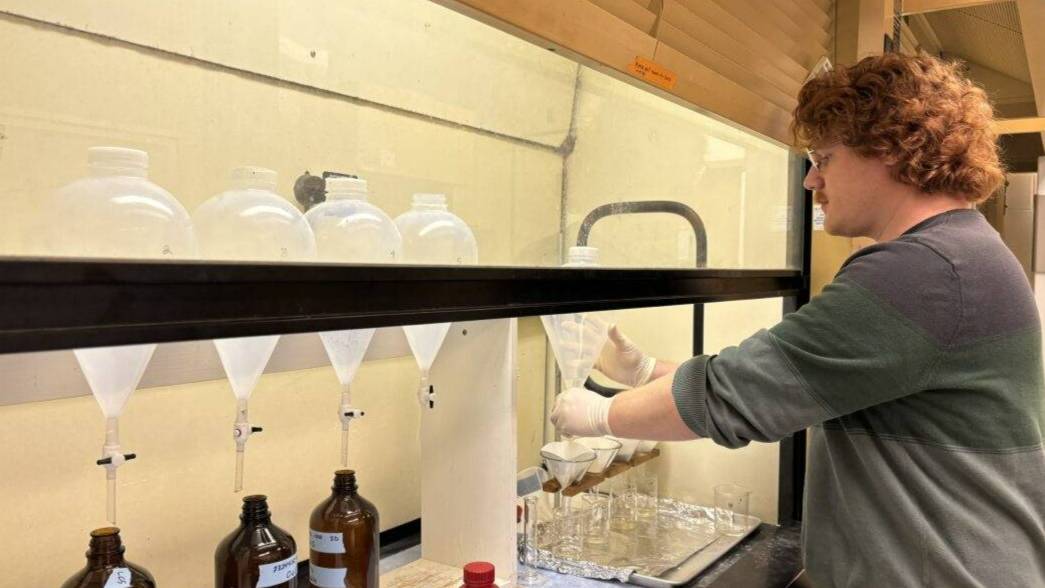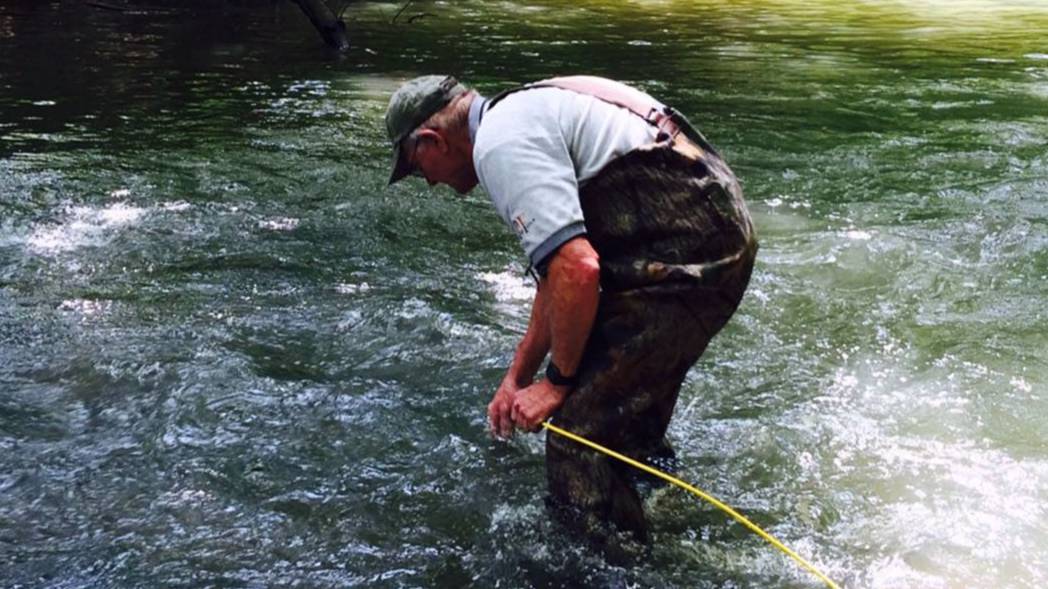Welcome to the Water Center
Our Mission
The mission of the Center for the Management, Utilization and Protection of Water
Resources (Water Center) is to support state and federal agencies, communities, and
industry in solving water quality, biodiversity, and water security problems and advancing
scientific understanding of all aspects of water science and engineering through basic
and applied research. The Center supports faculty research, training and mentoring
of future water professionals, and serves the citizens of the state of Tennessee.
Our Vision
To enhance water quality, water security and aquatic biodiversity in Tennessee, and provide pioneering scientific information to better protect, manage, and utilize water resources from local to global scales.
Like us on Facebook!




